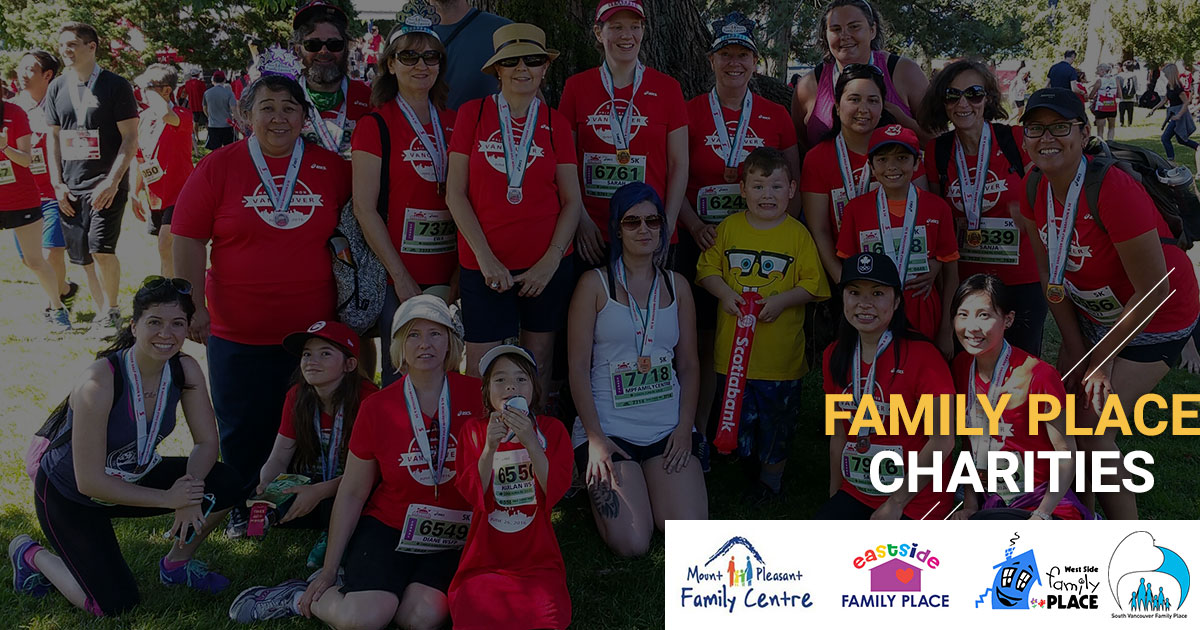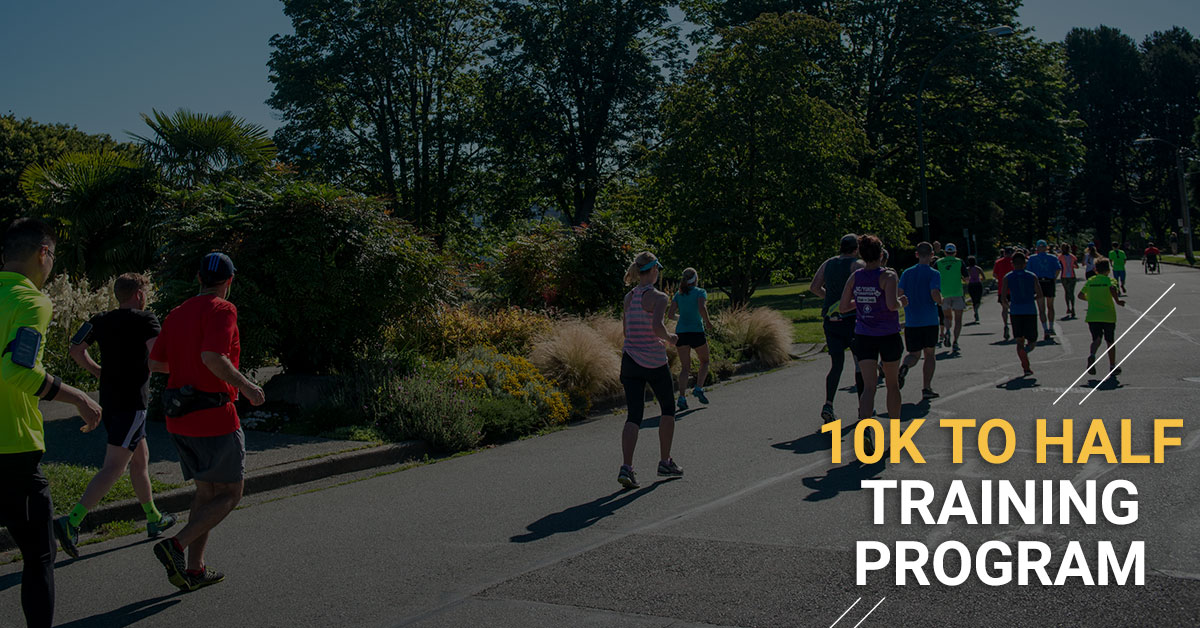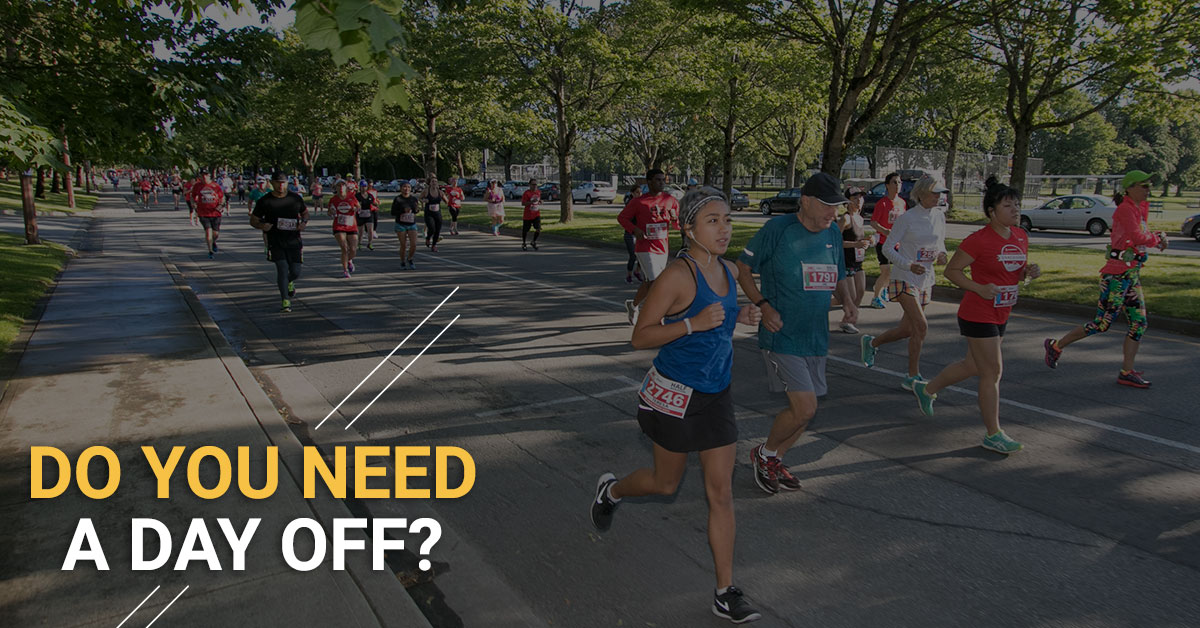
If you’re preparing to run your first race or your hundredth race, here’s some important race etiquette to keep in mind. In order to make a race the most enjoyable experience possible for everyone participating, follow these simple rules:
PRE-RACE
- Read the website, entry form or other race information before contacting the race. All of the race details you need to know are probably there.
- Respect entry restrictions. Check if the race permits wheelchairs or baby joggers, imposes a minimum age, or has time restrictions.
- Pay attention to packet pickup hours. Do not show up at other times and expect to receive your race packet/number.
- Carefully check your information at packet pickup. The time to correct any errors such as age, gender, or misspelling of your name is BEFORE the race.
RACE DAY:
- Pin your number on the FRONT of your shirt or outermost clothing and keep it visible. Announcers, photographers, timers and medics use it to help identify you.
- Start in the correct corral. There is a reason why races ask for your predicted finishing time. Slower runners and walkers should move into to the later corrals as their race bib indicates to avoid any congestion for faster runners trying to pass by. Arriving early doesn’t mean you can start at the front of the race. If you want to switch corrals, there are usually spots at package pickup to request that change.
- No more than two abreast. It is incredibly frustrating to try and pass a large group of slower individuals who take up the width of the street during a race. If you’re in a large group, respect other races, and stay two abreast. If you’re walking, please remain behind the runners to avoid obstruction.
- Pass on the left, stay to the right. If you’re speeding along, pass runners on their left. If you need to slow down, move to the right to allow others to easily pass. The first mile or so of a race can be crowded and sometimes you need to weave to pass people. Just be aware of those around you.
- If you need to stop for any reason move to the side. Whether it’s an untied shoelace, your walk/run program, or an urgent phone call, don’t stop dead in your tracks. Look around, move to the side and slide back into the race when you’re ready.
- Be careful taking mid-race photos. Many runners love documenting their journey, especially since selfies have become all the rage. These are great mementos, but please step to the side when taking them. The last thing you want is another runner plowing through you and your phone shattering on the ground.
- Be aware of your surroundings. Portable headphone devices for iPods, MP3 players, phones etc are discouraged for your safety and the safety of others. Blasting music in your ears can block out any verbal warnings/directions or sounds of vehicles/participants along the course.
- Be conscientious of other runners at water stops. If you’re skipping the water, run straight through the station and don’t crowd where the water is located. If you need to wet your whistle, minimize congestion by grabbing quickly and move to the side once you’ve passed the water station volunteers before slowing down.
- If you drop out, tell someone. Sometimes race day doesn’t go as planned. If you need to drop-out, be sure to tell a race volunteer so no one is looking for you afterwards.
- Run through the finish line. Hundreds of runners are coming through behind you, so move towards the medals and snacks to avoid congestion in the finishing chute.
Now that you know the basics, if you’re looking for your first race to run the Scotiabank Vancouver 5k in June is a great beginner-friendly option. Make sure to sign up soon though, as this event has sold out the last three years running!





 West Side Family Place
West Side Family Place South Vancouver Family Place
South Vancouver Family Place Mount Pleasant Family Place
Mount Pleasant Family Place Eastside Family Place
Eastside Family Place












